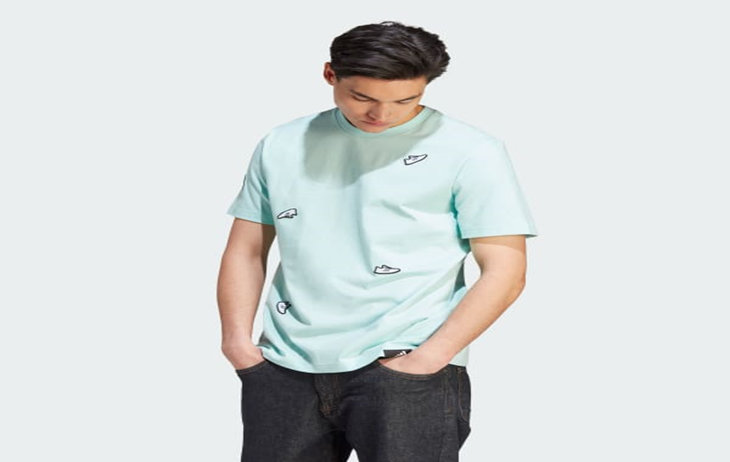There is more to wholesale tshirt printing than just screen printing or DTG printing. Popular options also include several methods that fall under the heading of heat transfer printing. Heat transfer is when the design, lettering and images, is moved onto the t-shirt using heat and sometimes pressure. You can print anywhere on the shirt, and you can pretty much print any design you want to. Here is a look at some of the more commonly used heat transfer printing techniques used today.
DTF aka Direct-to-Film printing
This involves moving the design from special PET films to the shirt or garment with heat and powdered glue. There is no need to pretreat the shirt beforehand and it works on a number of different fabrics including cotton and polyester. Be aware before using this wholesale printing method that it leaves a shiny and plastic-like finish because of the fixing powder.
Advantages of DTF printing
- Resistant to tears and durable
- Create bright and vibrant designs that do not penetrate the fabric
- Can be used on any color of shirt
- Works on various fabrics
Disadvantages of DTF printing
- The design will feel plasticky
- Used on smaller materials
- The process is more complex than some other options
AOP aka All-over printing
AOP is also called sublimation printing or dye-sublimation and is a popular option for t-shirt wholesale printing. The image is printed digitally onto special paper that can then be moved into the shirt using a heat press. The heat turns the ink into a gas that bonds to the material of the garment. It embeds deeply in so the results are long-lasting but it works on synthetic materials like polyester, not cotton. It also tends to work better in lighter t-shirts rather than darker ones. Being able to achieve all-over printing means this is a great option for those kinds of designs especially.
Advantages of AOP
- Can print on the whole shirt
- The results last a long time
- No fading or cracking
Disadvantages of AOP
- Cannot be printed onto cotton
- Not good for dark colored shirts
- Costs more than many other printing option
Plastisol transfers
This is a method similar to screen printing for wholesale tshirt printing but rather than printing directly onto the t-shirt, the image goes on heat transfer paper first. It can be used on different fabrics and it is a good option if you are looking to order a smaller number of shirts where screen printing is cheaper the more you order. Plastisol ink is printed onto the transfer paper and then placed on the shirt in the right location and heat is used. You can achieve different textured effects.
Advantages of plastisol transfers
- Have a choice of different finishes
- Good if you have a small chance you want to make in each shirt while keeping the rest the same
- Very durable and the design will not fade or crack
Disadvantages of plastisol transfers
- Full tones have to be printed
- Photos will not work
- Not best for larger quantities as each shirt needs its own transfer paper

